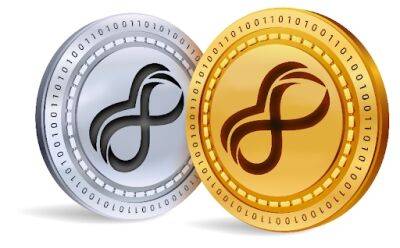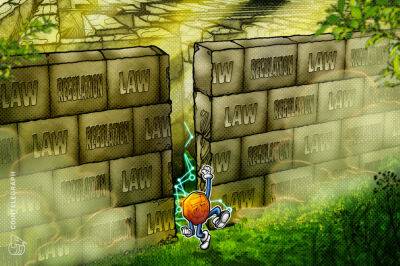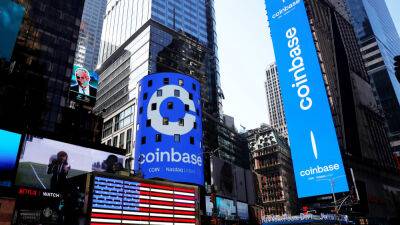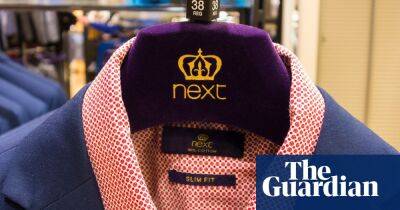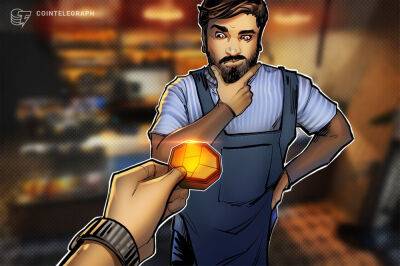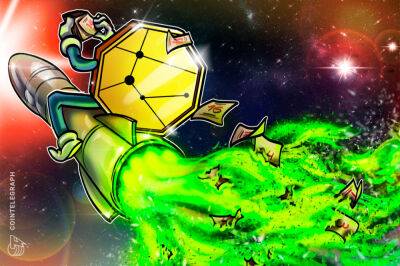How NFTs can boost fan engagement in the sports industry
Nonfungible tokens (NFTs) have grown a lot in popularity since the release of CryptoKitties in 2017, with the sector expected to move over $800 billion in the next two years.
Some of the most well-known use cases for NFTs are picture-for-proof projects such as the Bored Ape Yacht Club and play-to-earn gaming projects. NFTs have also attracted attention from the sports industry, with professional sports leagues setting up their own platforms for fans to engage with their favorite teams or players, but that will be discussed later in this story.
NFTs are unique and non-interchangeable pieces of code stored on the blockchain. These strings of alpha-numerical code can be linked to assets such as artwork or digital and physical goods. NFTs are created through a process known as minting, and creators can set a limit on the number of NFTs they want to mint, creating scarcity.
Scarcity is a phenomenon that has always applied to physical assets due to them being physically built with finite resources. However, scarcity has never existed with digital goods since they can be easily replicated. NFTs have changed this, and we are now seeing a growing collectibles market in the digital world.
When it comes to sports, fans feel so strongly about their favorite player or teams that they interact with them in every way possible. Engagement ranges from watching or attending live games, buying merchandise or attending signing events. Fans want to get closer to their favorite teams and players, which presents sports teams and leagues with opportunities to generate additional revenue.
Sports leagues, in particular, have noticed the value of fan engagement and have gone on to create platforms where fans can buy, own and trade digital keepsakes.
Read more on cointelegraph.com



